What makes a great story? Is it the inclusion of fleshed-out characters, with real human conflicts, flung into a period of catastrophic change? Is it intricate worldbuilding, supported by a world that manages to fully suspend your disbelief? Is it great narrative moments, cinematic in their guile and epic in their scale?
More importantly still, what really makes great gameplay? Does it have to do with fun, unrepetitive combat? Is it about the level design and the pace it sets during your playthrough? Is it about finding clever ways to subvert expectations and introduce innovative mechanics to unkempt genres?
Like every developer before them, those were the questions Square Enix had to tackle when making Final Fantasy XVI, and despite all the reservations we had about the game after watching those confusing gameplay clips, it seems that the team has (somehow) managed to find compelling answers to all of them, seamlessly weaving that wisdom into the idea of an epic fantasy tale that spans an entire continent.
The times being what they are, developing an RPG experience that boasts such a polished fictional landscape — and even more genuine characters — must be a logistical nightmare. This is, after all, an era where big publishers are desperately investing in new live-service experiments or unabashedly ripping off successful projects to maximize net revenue. I mean, why even bother spending five or six years in expenditure (in Final Fantasy XVI’s actual case, preliminary development began eight years ago) on the off-chance that the game might be successful?
And even if it is successful, it’s not going to sell nearly as much as all those other trendy games. The role-playing genre’s reach has always been tenuous at best, and barring some very exceptional successes along the way, you’re always taking a gamble with all the intricate challenges that come with developing an immersive experience such as this, especially when many other titles in recent memory have set the bar so high.
Well, let me just say right off the bat that Final Fantasy XVI is, in no way, experimental. Sure, it does challenge the established Final Fantasy formula in subtle ways — which we’ll properly dive into further on — but that’s as far as Square Enix’s ambitious hands extend themselves for this particular installment in their long-standing franchise. Rather, what Final Fantasy XVI does well, and mostly gets right, is taking all those cues from other genres and games, and blending them into an experience that makes you forget you’ve actually done all of this many times before.
Final Fantasy XVI is a none-too-innovative amalgam of numerous other titles, but the reason it has managed to garner critical acclaim — and the reason why we’re inclined to say that it’s one of the best games to come out in recent years, and one of the best entries in the franchise to date — is the fact that it’s a study in precise game design philosophy that goes into creating these expansive worlds from scratch. And so, before we get into the nitty gritty of what Square Enix gets right and what it gets wrong, let’s make one thing absolutely clear: Final Fantasy XVI isn’t here to revolutionize the gaming industry, nor introduce any crazy new gameplay mechanics — it’s here to tell you a deeply human story using all the tricks from the design playbook that you can probably recite in your sleep by now. And who knows? Square Enix is probably counting on you to lose yourself to the rhythm of the dance without realizing it, and given how much thought they’ve put into every aspect of this game, it’s highly likely that you will.
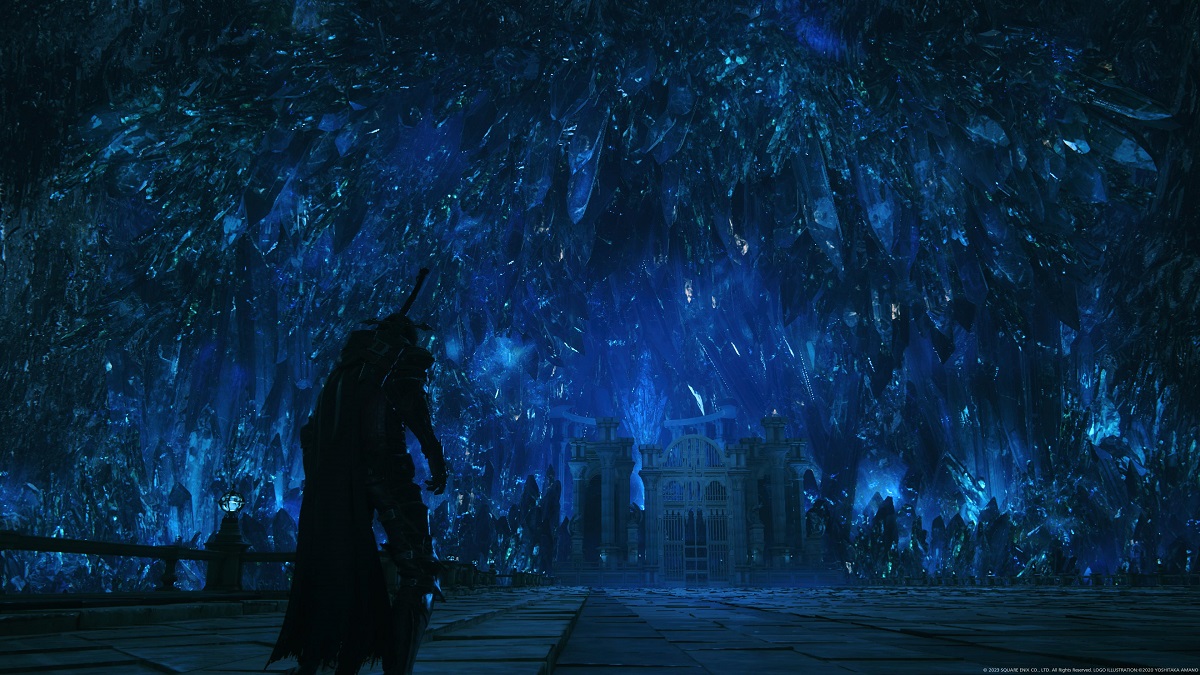
When you sit down to play Final Fantasy XVI, its most striking feature is a fervent focus on storytelling and characterization. That shouldn’t necessarily surprise long-time fans of the series, but this latest entry is bold in its assumption that it can somehow balance story and gameplay on a thin edge of perspiration, bombarding the players with countless cutscenes and numerous info-dumps along the way, to a point that many of them may feel like the hours spent watching cutscenes far exceed those spent actually playing through the levels.
In any other case, we might have called that a fundamental flaw in the design; a misguided approach to game development, even. But Square Enix has put a lot of trust into its writers’ room, and subsequently, its animation team, to keep us at the edge of our seats during all these cutscenes. Perhaps on a basic level, Final Fantasy XVI is a cinematic experience with bits of gameplay sprinkled in for good measure, though when you look at the 35-hour campaign and the experience as a whole, it’s not difficult to come to the conclusion that this might have been the only way to go about it.
In other words, the story these writers are trying to tell, the characters they try to weave together in this interactive tapestry, required them to invest a fair bit of their resources into the very cutscenes that gamers often spurn. But, for some reason that might not be readily apparent to everyone, this actually works in the context of this narrative. You might tire of the never-ending string of boss fights and mobs — many of which are quite recurring in design — but you’ll never find yourself wishing that the game had fewer cutscenes.
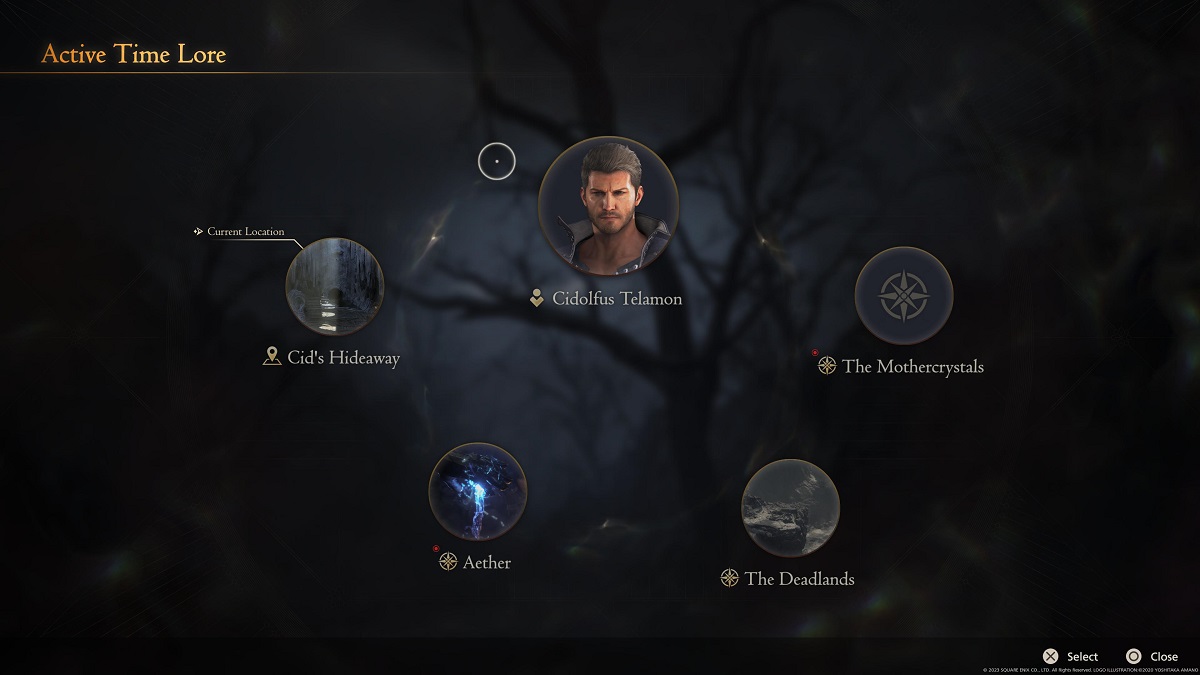
That should bring us to our next and most important critique — the gameplay — but before moving on, we should probably talk about Final Fantasy XVI‘s most mind-blowing novelty in terms of presentation.
We’re referring, of course, to the concise encyclopedic notebook called “Active Time Lore,” which allows you to pause a cutscene at any moment and read about past events and important details about whatever’s discussed at that particular point of the story. This is a brilliant and underrated mechanic, as it allows the developers to avoid bloated exposition dumps as much as possible. It also gives you the option of delving deeper if you’re a keen consumer of worldbuilding tidbits and lore.
There’s always been a certain sense of disconnect between the world that is visually represented to you in RPG games and the codex/journal that details the lore and backstory of that world in the menu, but Final Fantasy XVI finally gets rid of that discrepancy by merging the two aspects of expansive worldbuilding. “Active Time Lore” is such a game-changer that we wouldn’t be surprised to see more developers adopting a version of it in the future.
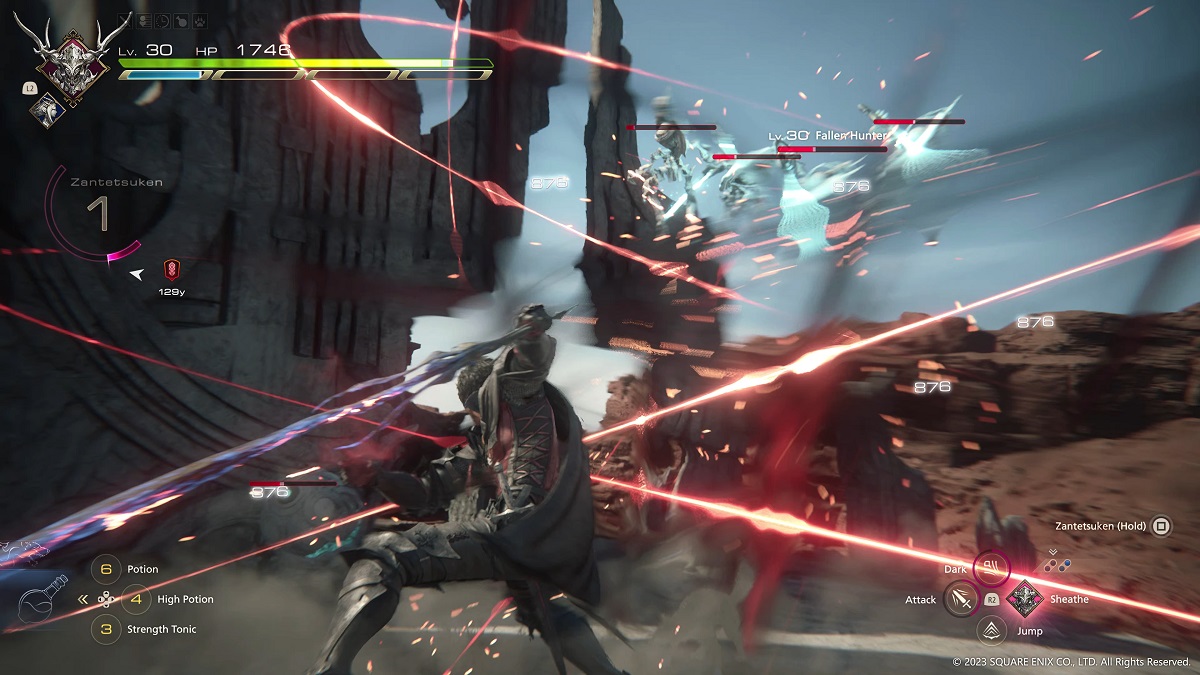
And when you aren’t idly holding that controller in your lap as you watch a cutscene play out? Well, as you’ve probably seen from preview coverage and trailers over the past few years, Final Fantasy XVI takes a leap of faith and completely submerges its core gameplay mechanics in a steaming vat of action. The experience can best be described as a combination of cutscenes and fight sequences, and that itself is divided into weaker mobs, like soldiers, and mythical creatures or stronger foes in the form of boss battles.
Again, with such a simple and derivative design philosophy, you might wonder if things start to get boring after a while. Granted, the combat looks fluid and fun in gameplay clips, and when you actually get your hands on the game, you realize that the action has been polished with meticulous care. But is that enough to bring you back around after you’re done with your first session?
This is the biggest problem with Final Fantasy XVI. The game is too long for its own good, and it might take it a while to unveil the full range of its offerings in terms of combat design. So, when you pass through that first tutorial area, it’s only natural to feel the fighting system is too simplistic. Some might even go so far as to call it a monotonous button smasher. But if you could bring yourself to give it time, perhaps a few more hours after receiving your first Eikonic powers, you’ll realize there’s more to Clive’s (the main protagonist) moveset and combos than meets the eye. And when you’re halfway through your playthrough, the game gives you so many choices in terms of magic combinations and sword skills that you’ll practically crave the next fight to put them to use.
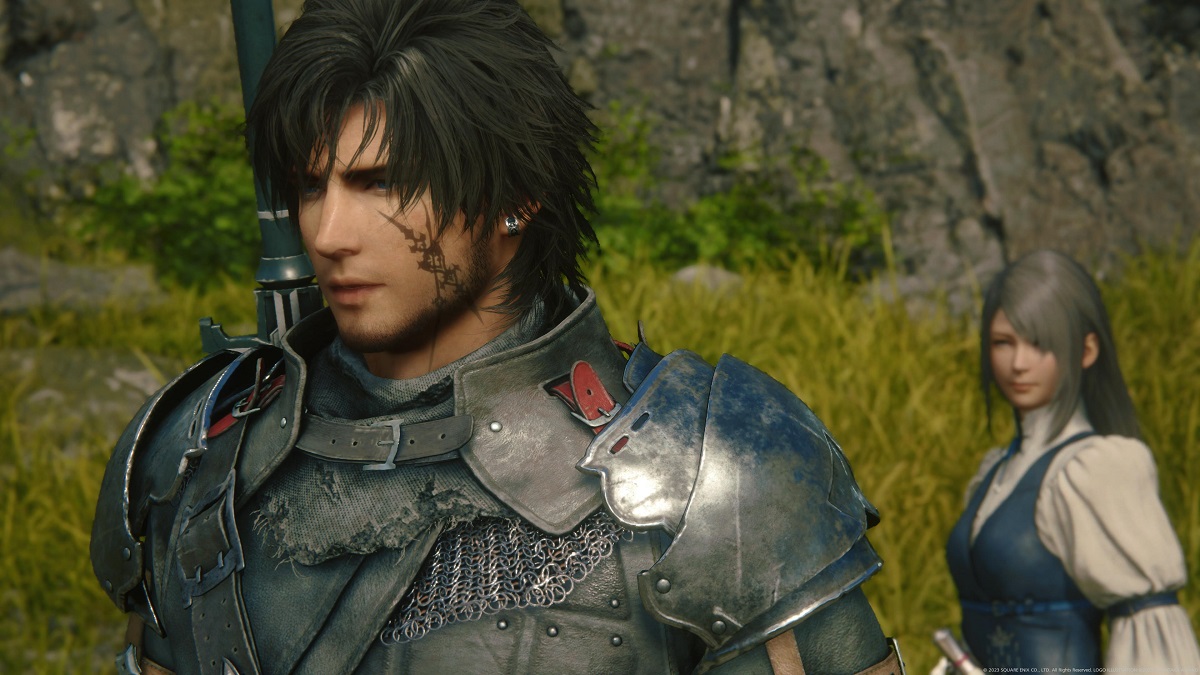
A major selling point for Final Fantasy games has always been their epic boss fights, and the sixteenth entry doesn’t disappoint in that regard. XVI features some of the most breathtaking and exhilarating boss battles in the series, and that, added to the depth of emotion and nuanced pain prompting our characters onward, creates a truly sensational experience.
The fact that I keep coming back to the story and its characters is very telling. Final Fantasy XVI is story-focused and otherwise action-oriented, so the level design is minimalistic, at best. There isn’t a whole lot of variety to different missions, and the side quests are even worse in this regard. When you aren’t fetching an item for one of your associates, you’re basically clearing an area of a few inconsequential enemies all so you can return to the NPC that gave you the quest to collect your rewards, or perhaps, even launching into the next generic mission without having derived any palpable satisfaction from the previous one. What’s worse, there isn’t much depth to these side objectives, narrative-wise.
That’s why, it’s Final Fantasy XVI’s main story and characters that ultimately redeem the game to a large degree. The dialogue is written with care, the interactions are actually authentic and lifelike, and even the plot threads have been masterfully woven together by writers who know their craft. The story is intricate, and the mystery laying at the heart of it might actually be enough, in and of itself, to drive you forward.
It’s not every day we come across a game that cares to follow storytelling forms, much less excel at them. Final Fantasy XVI is blessedly one such title, delivering a tale not only worthy of its ambitious worldbuilding but also the medium as a whole. Sure, it might not tread a straightforward path towards it, or even adhere to the basic philosophy of interactive storytelling — which is to use gameplay as a means of achieving that — but through care and passion that resonates within every parcel of the fictional Valisthea, Final Fantasy XVI is sure to work — nay, burrow its way into your heart.

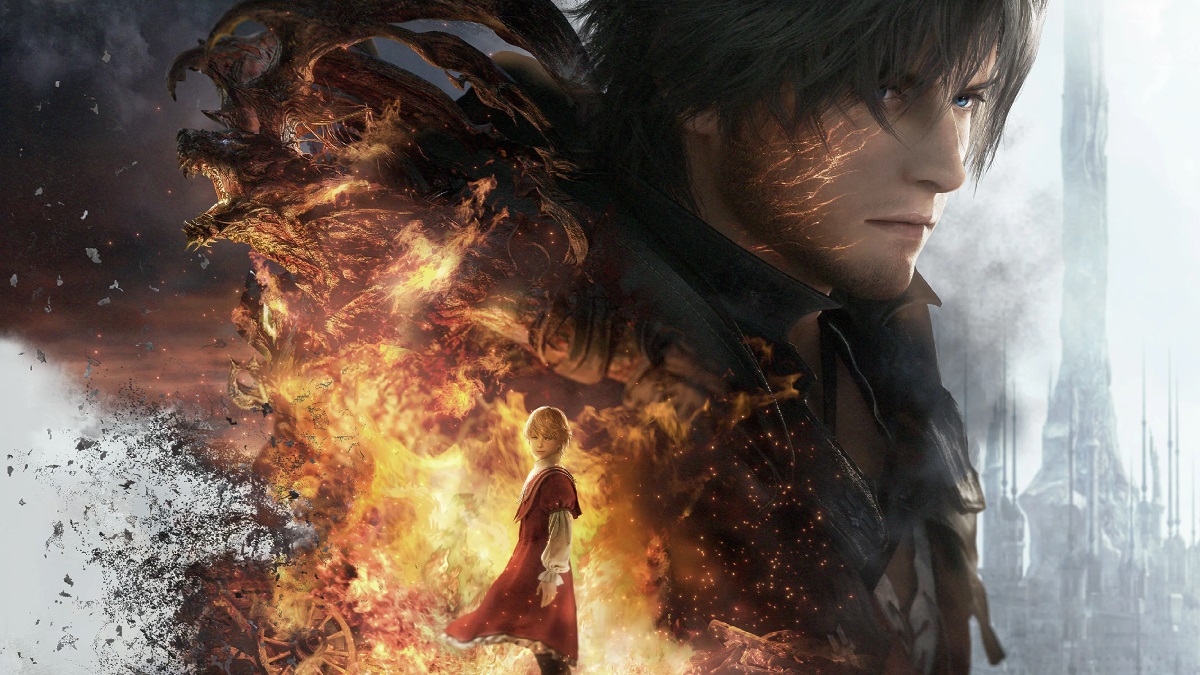

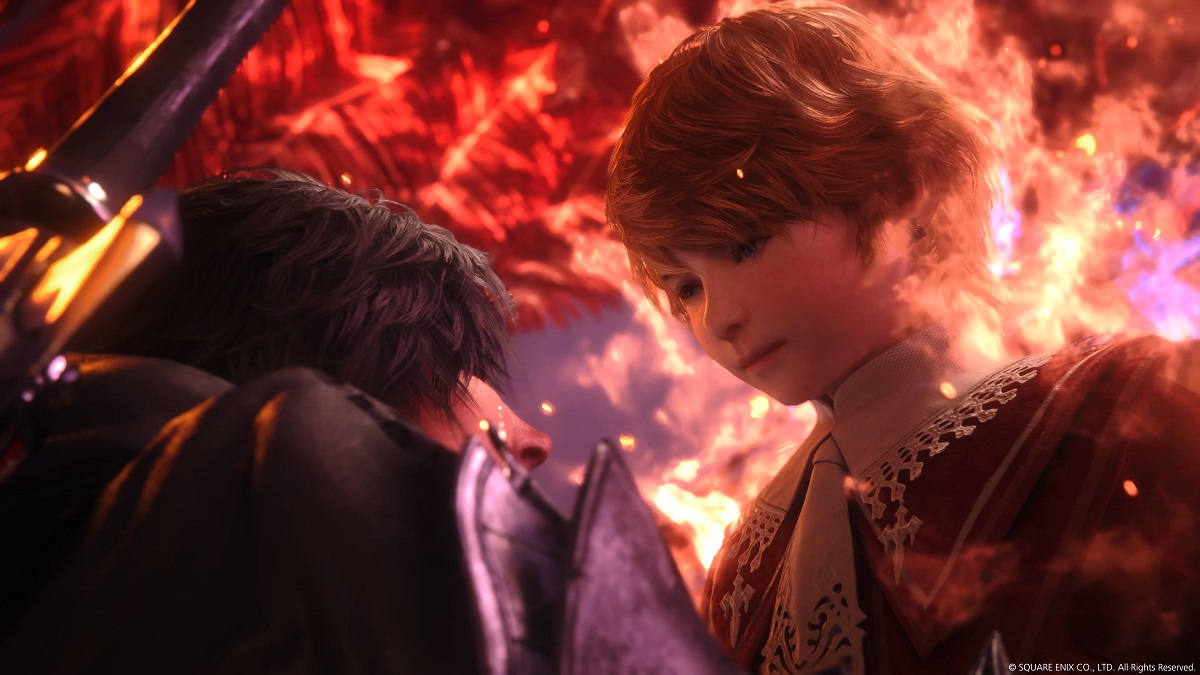
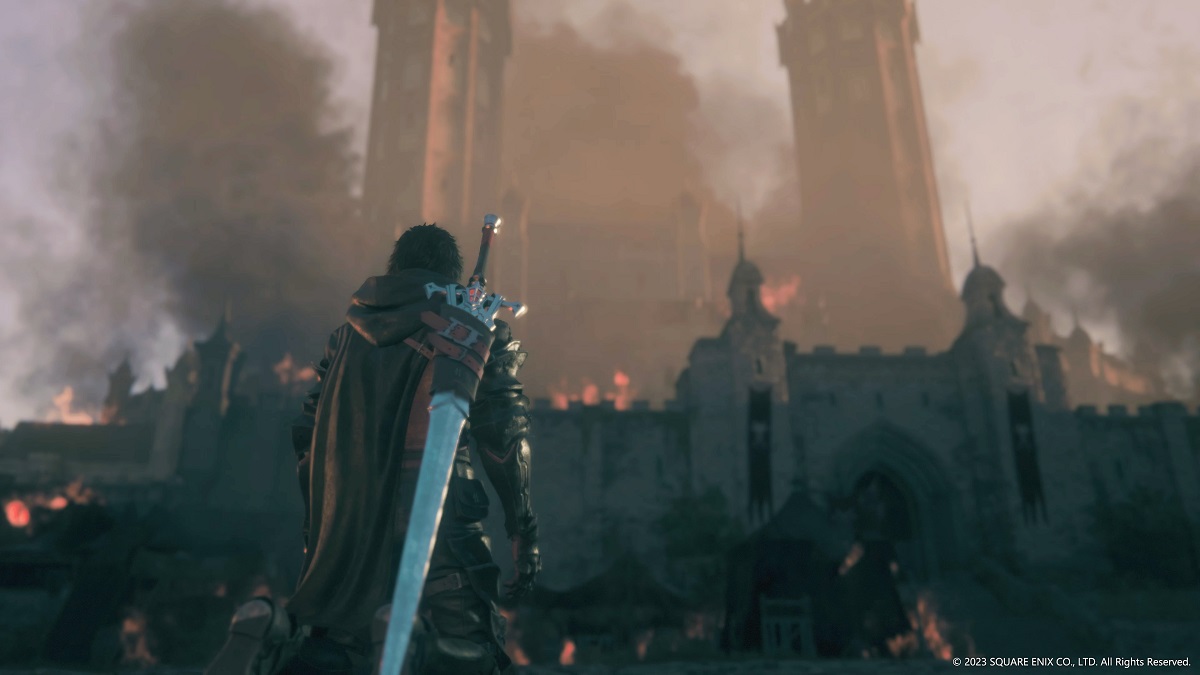
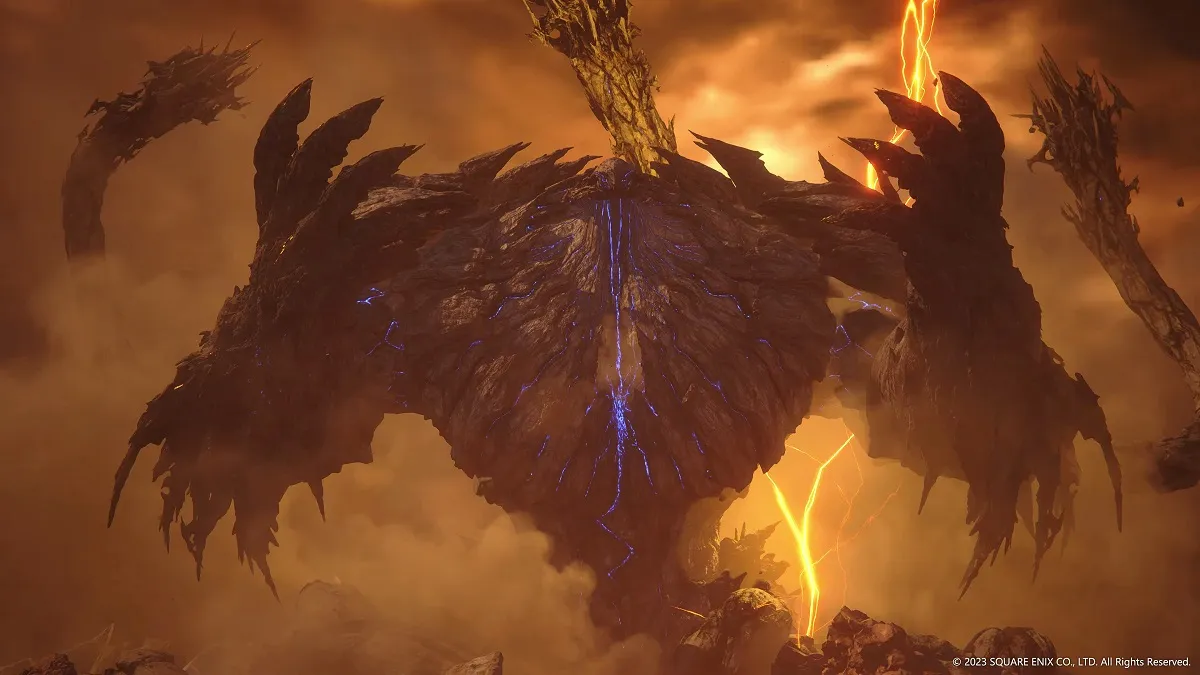
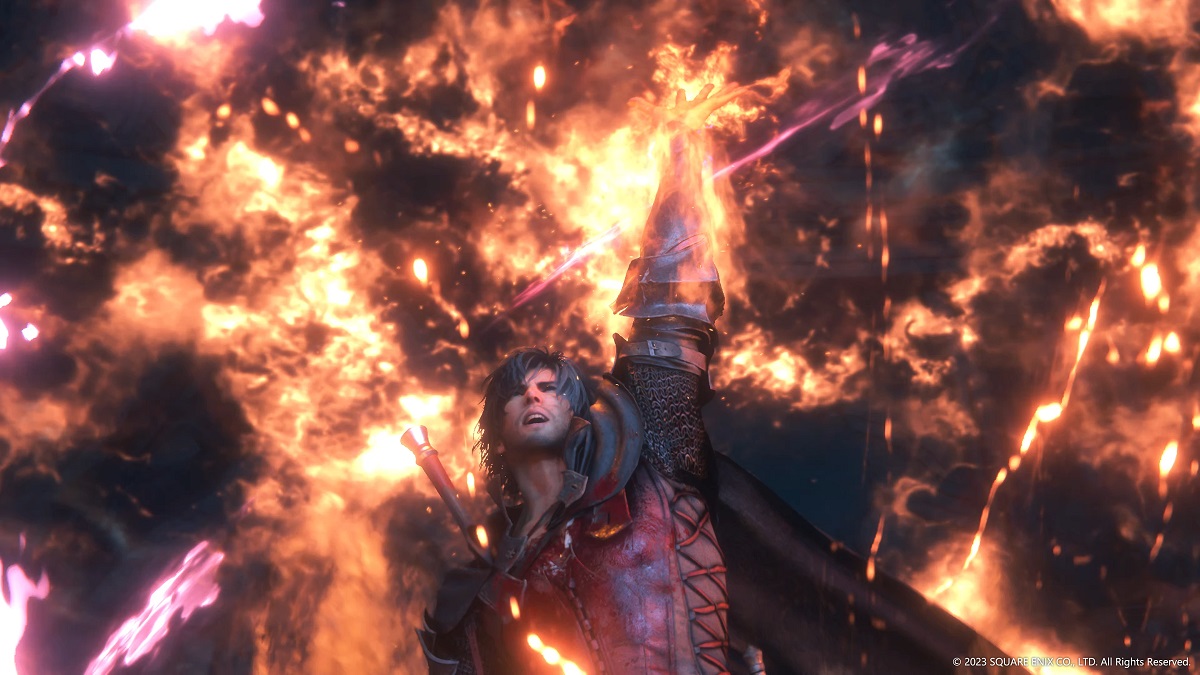
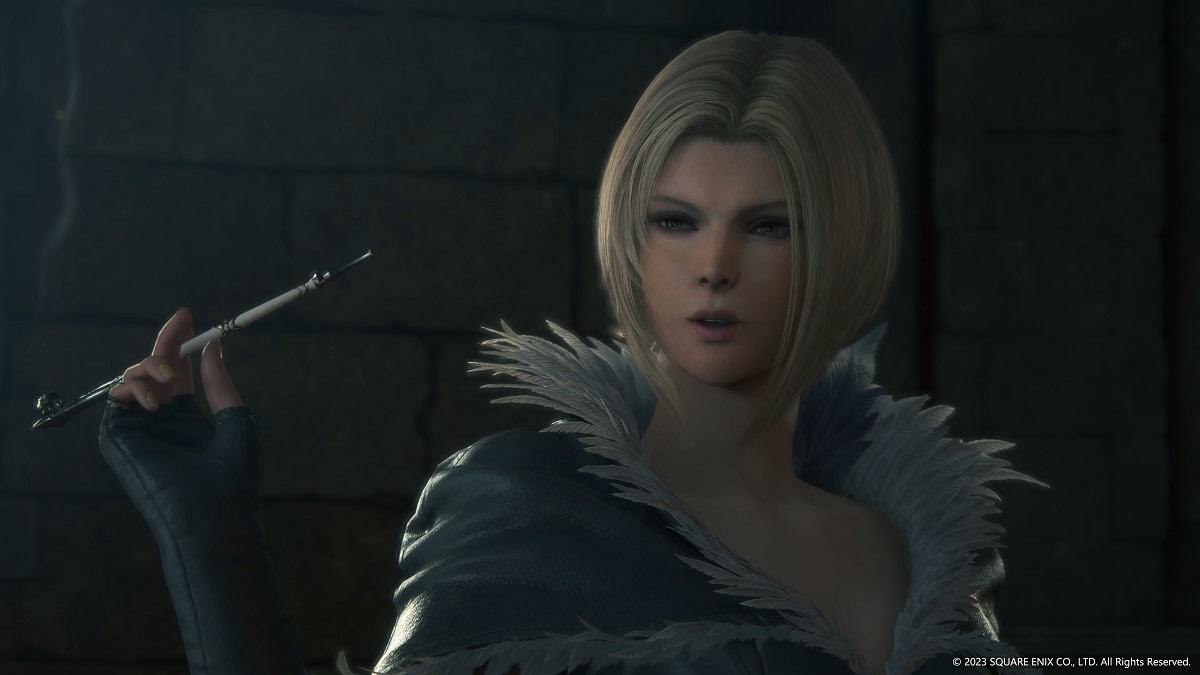
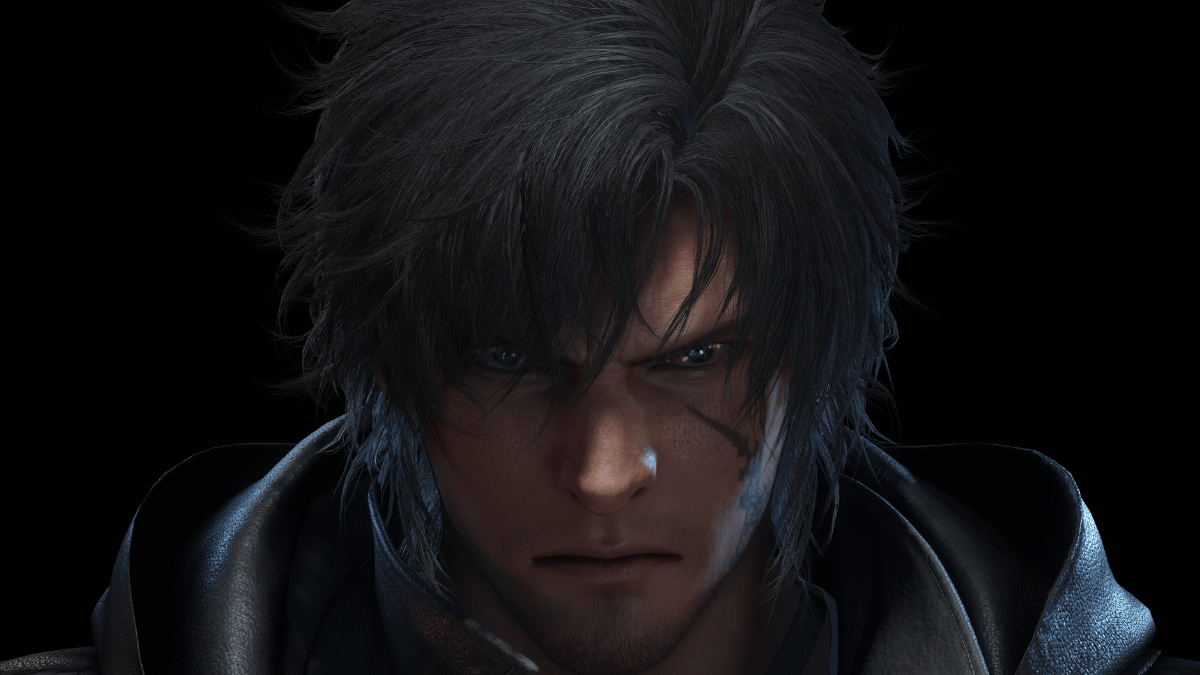
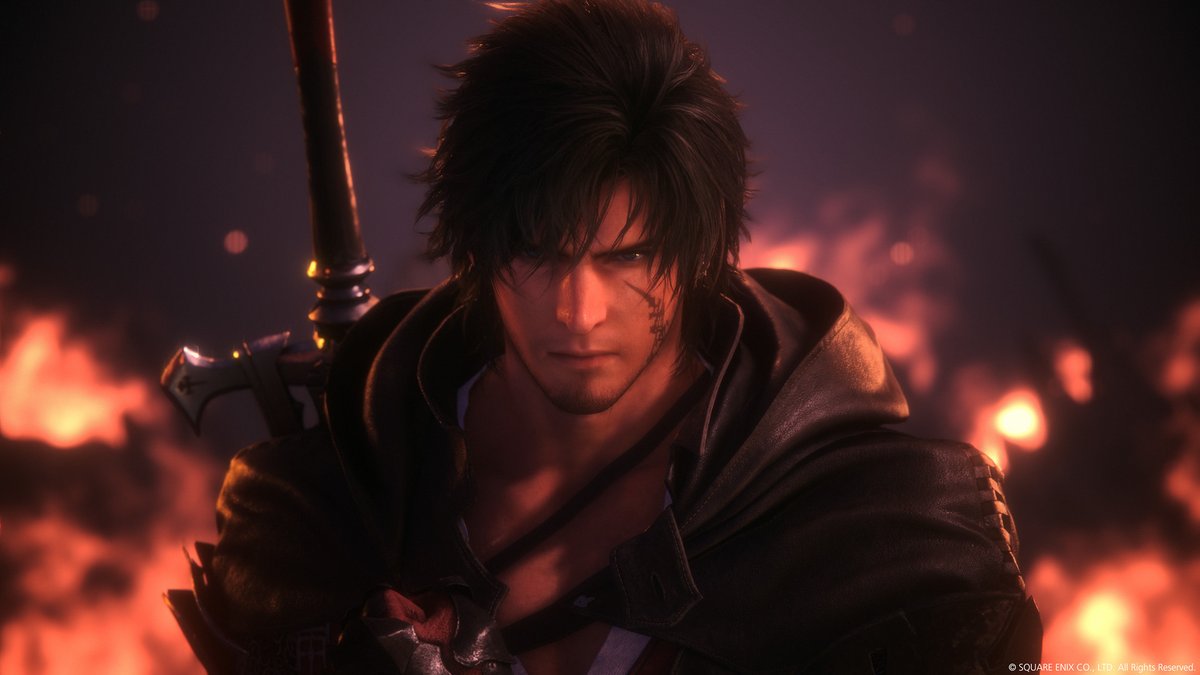








Published: Jun 23, 2023 04:22 pm